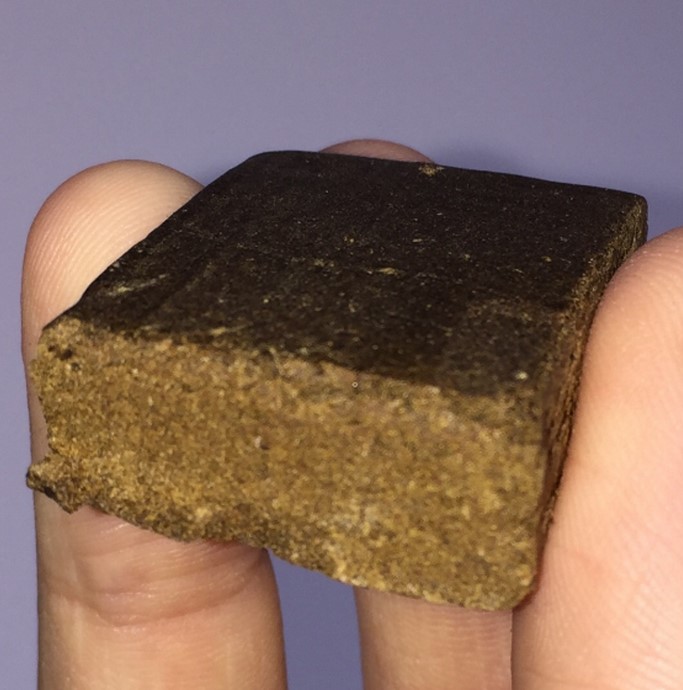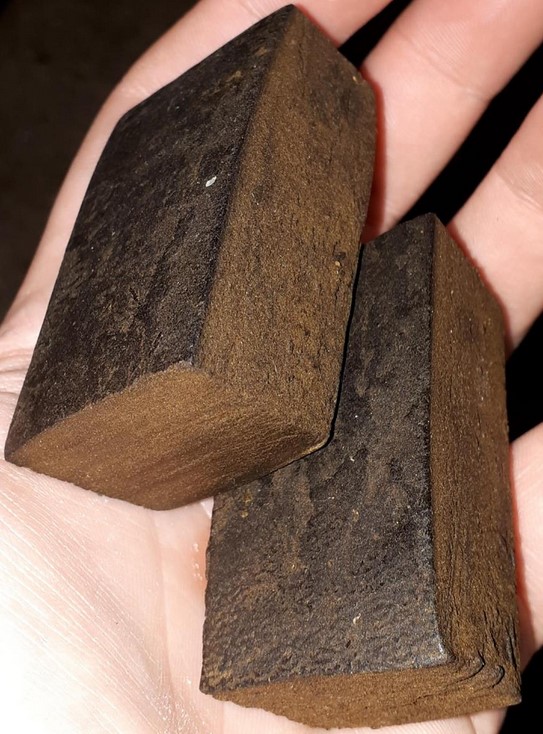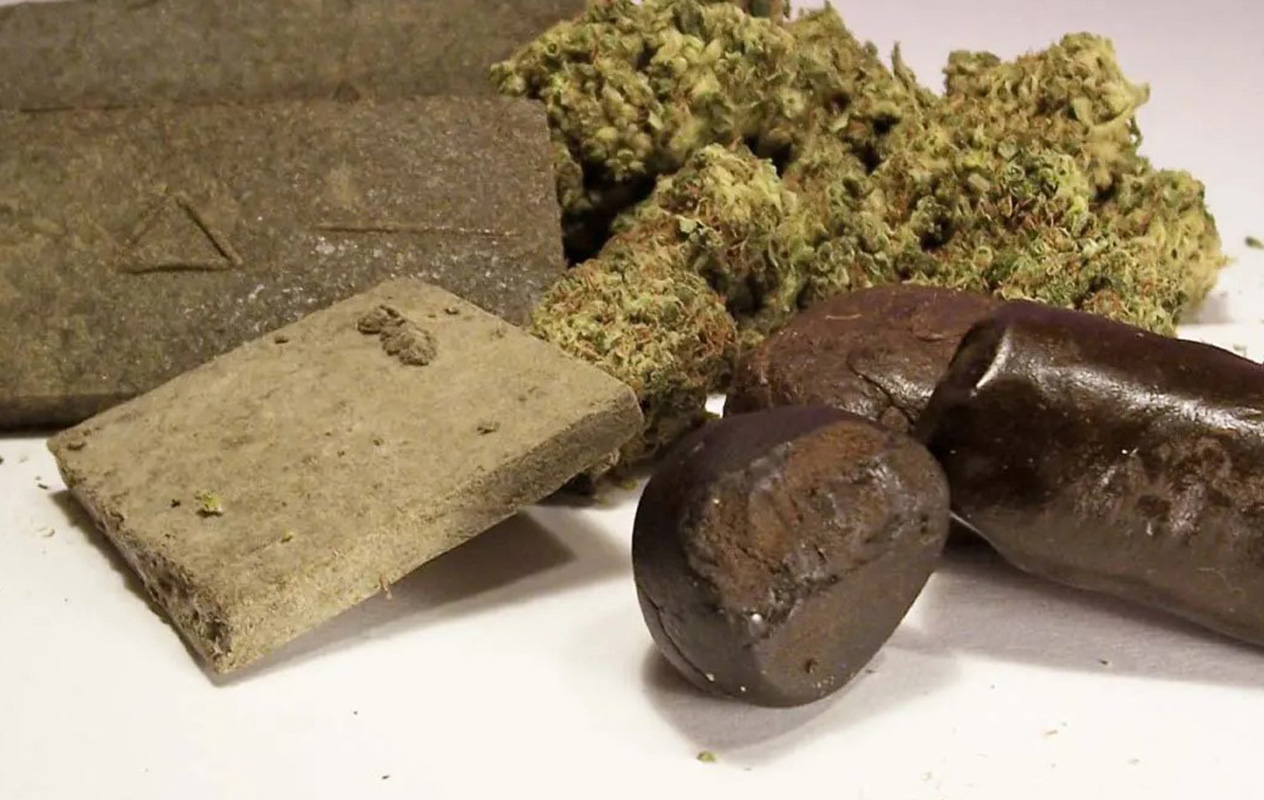To the average American, hashish might be a foreign term. People may think it’s some odd and exotic drug when they hear it’s a substance. Hashish is actually a type of marijuana. Though it is more concentrated than normal herbal cannabis, it provides similar effects as ordinary marijuana in small doses, which can differ based on dose and personal experience.
However, when consumed in large doses, it may cause stronger and more severe effects. Furthermore, because it is a concentrated form of marijuana, its use is frequently unlawful.

What effect does this drug have on the brain, and how dangerous is it? Find out more about the mental and physical consequences of hashish abuse as well as how to avoid hazards and deal with outcomes.
What is Hashish?
Hashish, or hash, is a cannabis drug made from the resin from the plant. All plants generate resin, which is a sticky and viscous liquid that comes from various sources. Cannabis plant resin is extracted and concentrated to create a powerful form of marijuana for recreational use. Hash resin is compacted into bricks or balls of concentrated hash before being smoked in tiny doses. Hash doesn’t burn easily on its own, so it’s usually combined with other plants’ leaves or cigarettes to make it easier to smoke.
Hash has all of the same active components as other cannabis strains, including a variety of cannabinoids such as THC and CBD.
However, hash that has been sifted, purified, and concentrated is more powerful than ordinary herb marijuana. Users usually use a small dose at a time to avoid disturbing side effects such as drowsiness, hallucinations that are frightening or amusing, or anxiety.
Hash, on the other hand, is more popular in Europe and Asia. It’s unclear where hashish originated, but early references to it come from India and Egypt. Hashish was eaten prior to smoking becoming widespread in the 1500s, which had less powerful effects. The active components are absorbed more slowly by the intestines and do not enter the circulation as frequently.
The Effects of Hashish
Hashish and herbal marijuana have the same active substances, so if they’re consumed in similar doses, share the same psychoactive effects. Hashish has both short-term and long-term side effects of regular use. Hashish is used to produce pleasant emotions or stimulate social interactions. The following are some of the positive benefits of hashish:
- Relaxation
- Euphoria
- A general feeling of well-being
- Enhanced emotions
- A feeling that time is moving slowly
- Lethargy
- Apathy
- Increased drive to socialize
Hashish, like other substances, has both typical and uncommon negative effects. The following are some of the more common negative effects of hashish:

- Sensory distortions
- Nausea and vomiting
- Slowed breathing or hypoventilating
- Loss of motor control
- High blood pressure
- Increased heart rate
- Weight gain
- Fatigue
- Depression
- Paranoia or panic
- Anxiety
- Loss of decision-making skills
Hashish has been linked to panic attacks, toxic psychosis, and schizophrenia in some studies. However, cases of severe responses are unusual.
What are Set and Setting?
Set and setting are terms that are prevalent in drug culture, especially when it comes to psychedelic substances. Timothy Leary is credited with coining the term. The phrase refers to the fact that the mental state as well as the environment in which you use a drug has an impact on the high’s experience. A horrible trip or a bad overall experience can be caused by using a psychedelic drug in an inconsiderate, loud, and disruptive atmosphere while anxious, irritated, or sad.
Hashish isn’t a typical example of a psychedelic drug, and in small doses, it may not produce any psychoactive effects. Higher doses, on the other hand, can cause things like color enhancement, internal and external hallucinations, and hearing distortions that are generally seen with psychedelics. Using hashish at higher dosages might potentially result in a “terrible trip,” especially if you use it in an unsafe environment or with a negative mindset.
Bad trips can be distressing and even frightening. Extreme responses are uncommon, however terrible experiences might lead to long-term traumatic feelings.
How Dangerous is Hashish?
Apart from their well-known positive effects, cannabis sativa plants have been used in many cultures for the treatment of a range of ailments. Hashish, like other types of marijuana, has the ability to cause both beneficial and negative side effects. Adolescents who use hashish frequently may be at risk for a variety of issues, according to studies. Early exposure to marijuana has been linked to poor academic performance, higher dropout rates, increased welfare dependency, and an increased chance of becoming unemployed. Early exposure to marijuana can also promote addiction later in life.
Cannabis use has also been linked to the emergence of psychotic disorders such as schizophrenia. However, this is probably due to existing, latent schizophrenia rather than being solely caused by marijuana usage. Hashish, on the other hand, may be extremely hazardous for individuals with a history of mental illness or other mental health issues to use.
